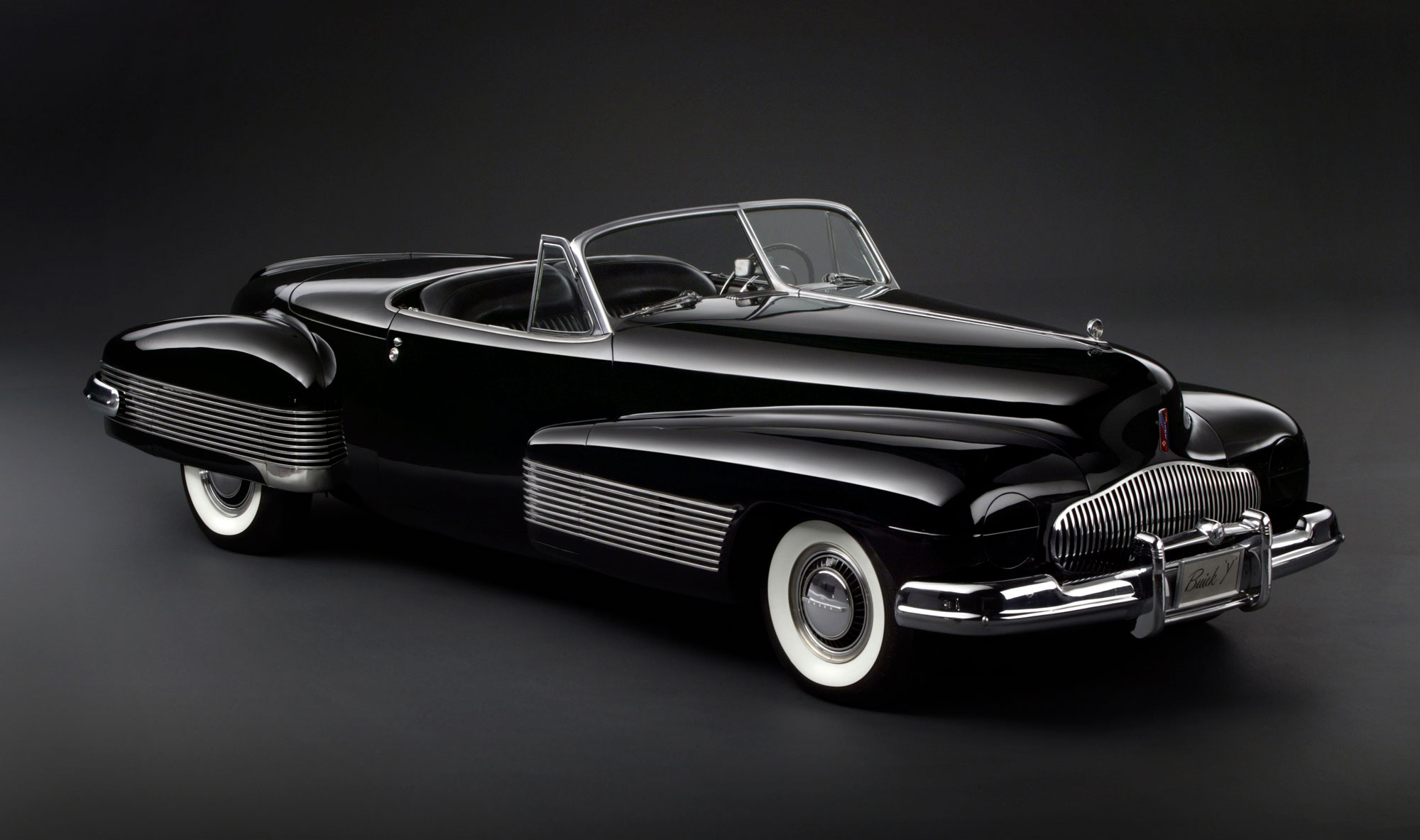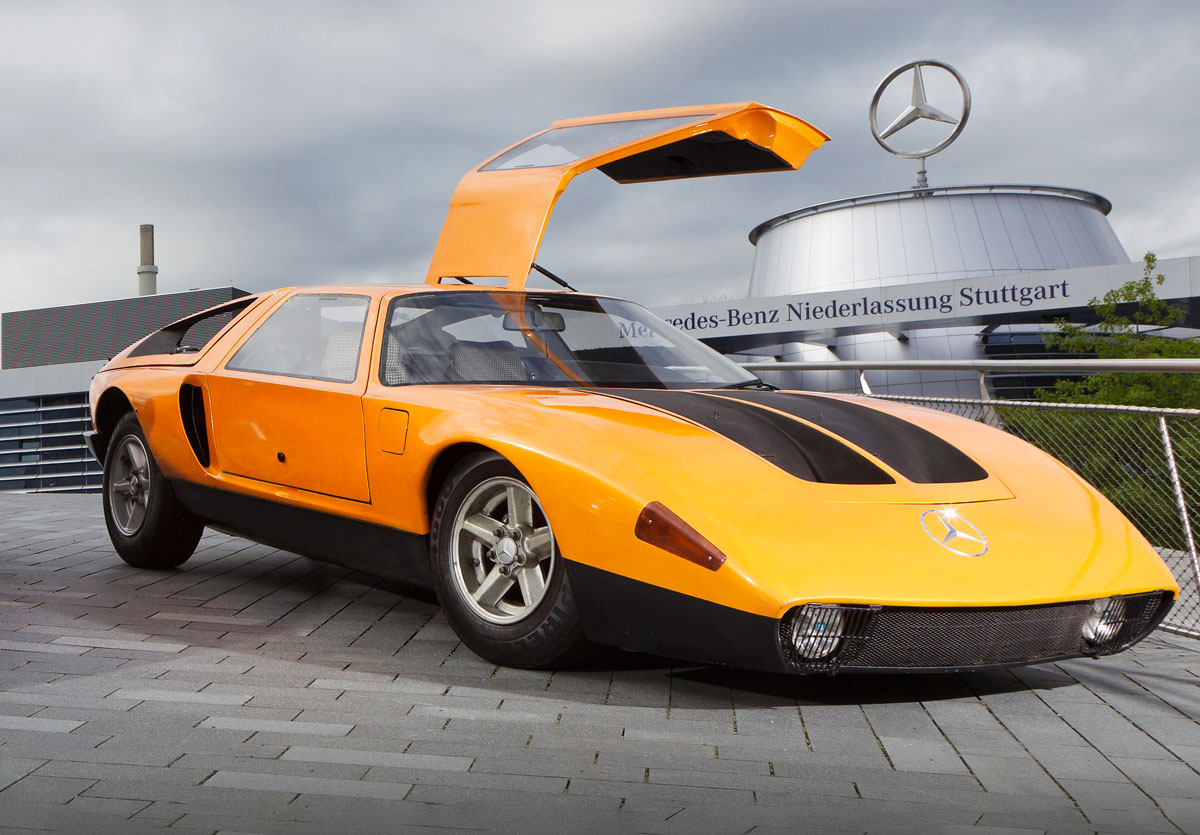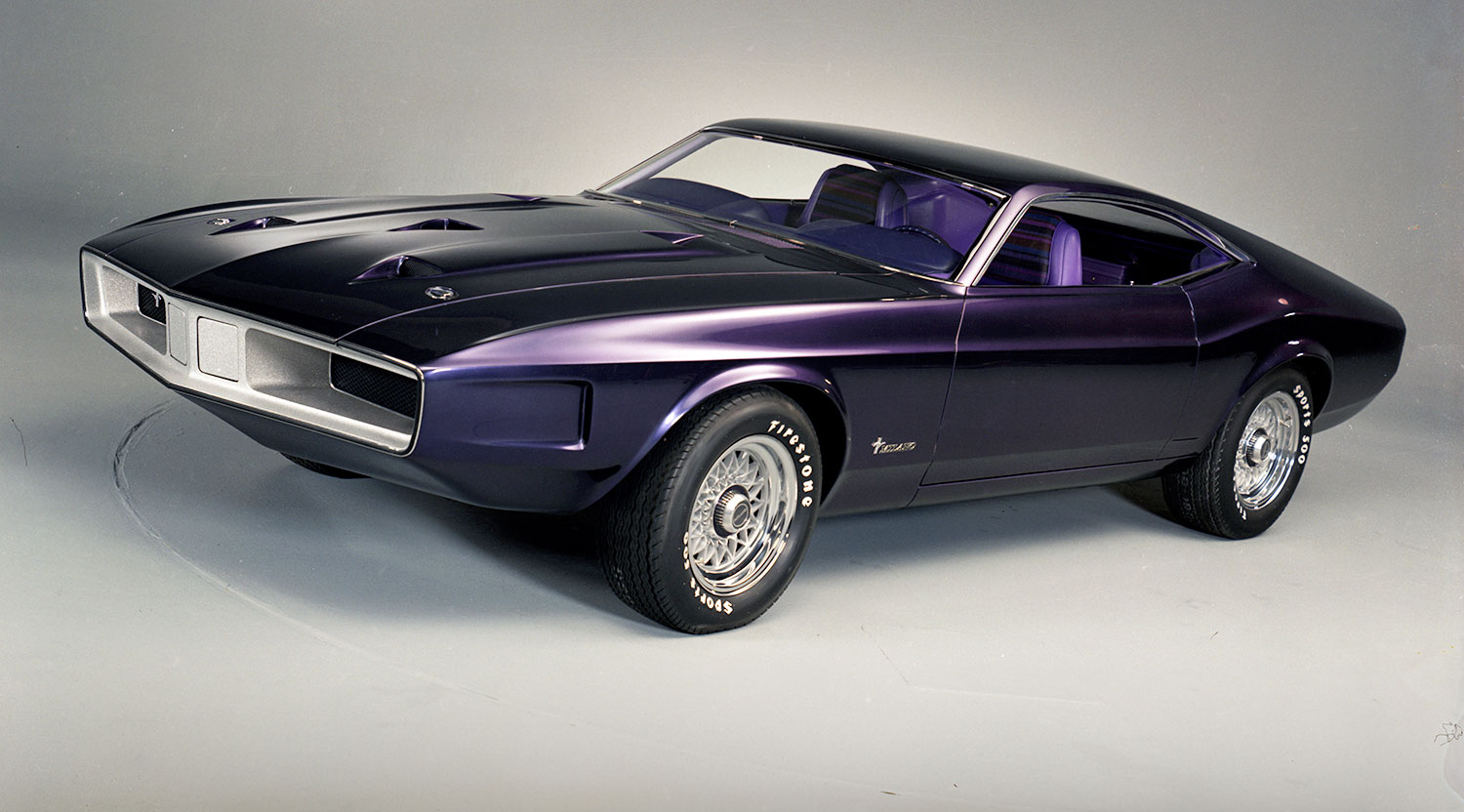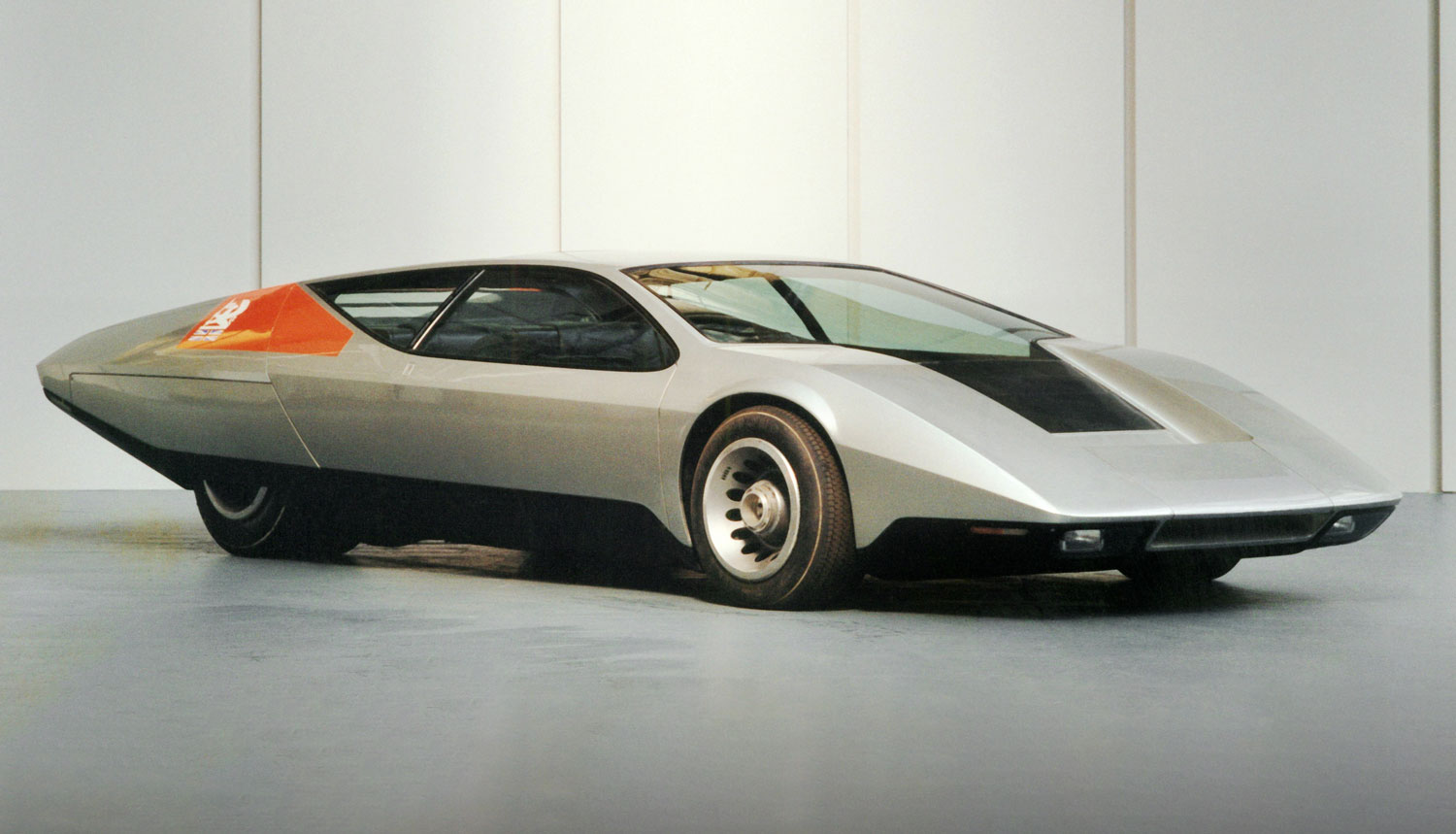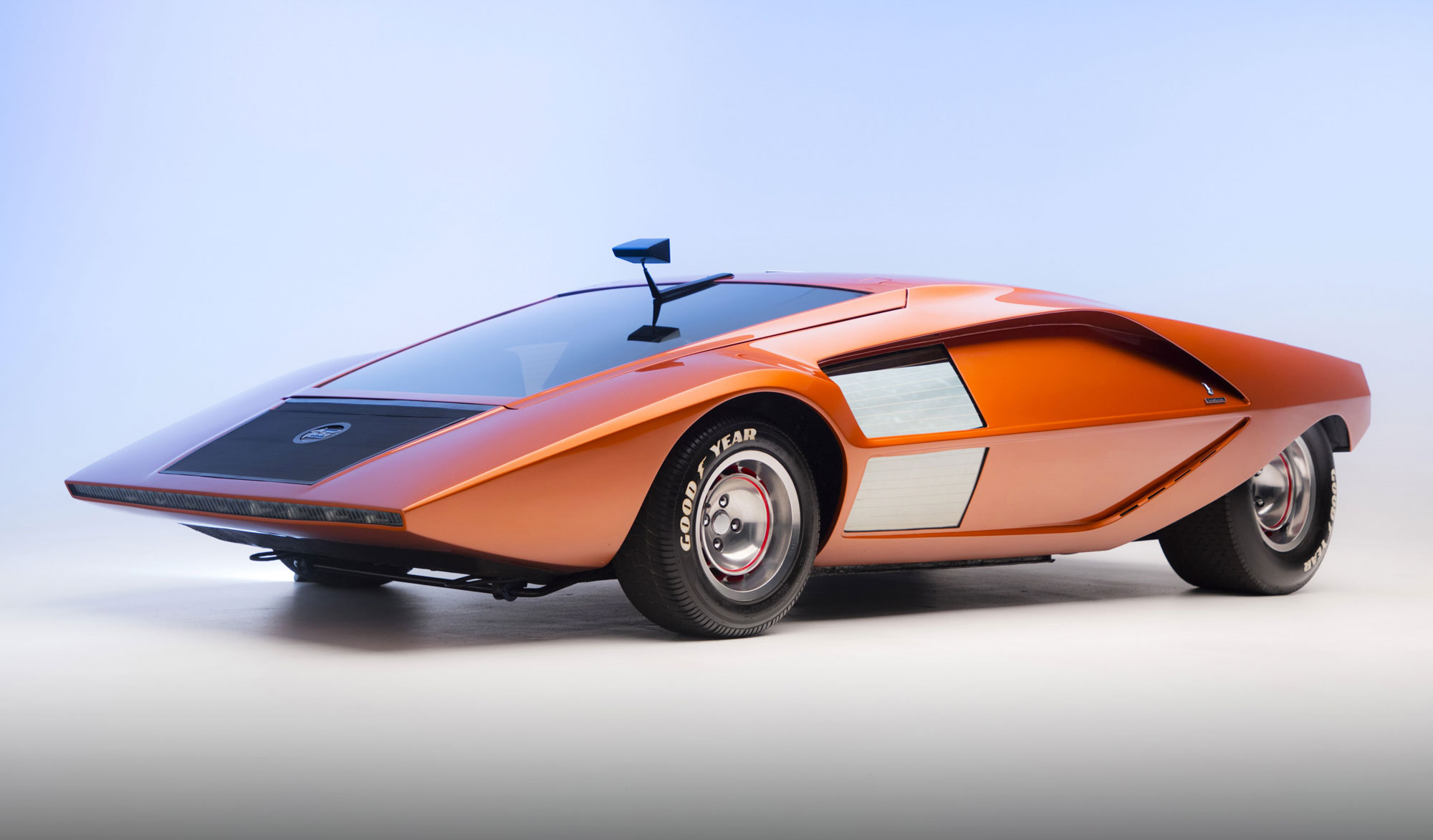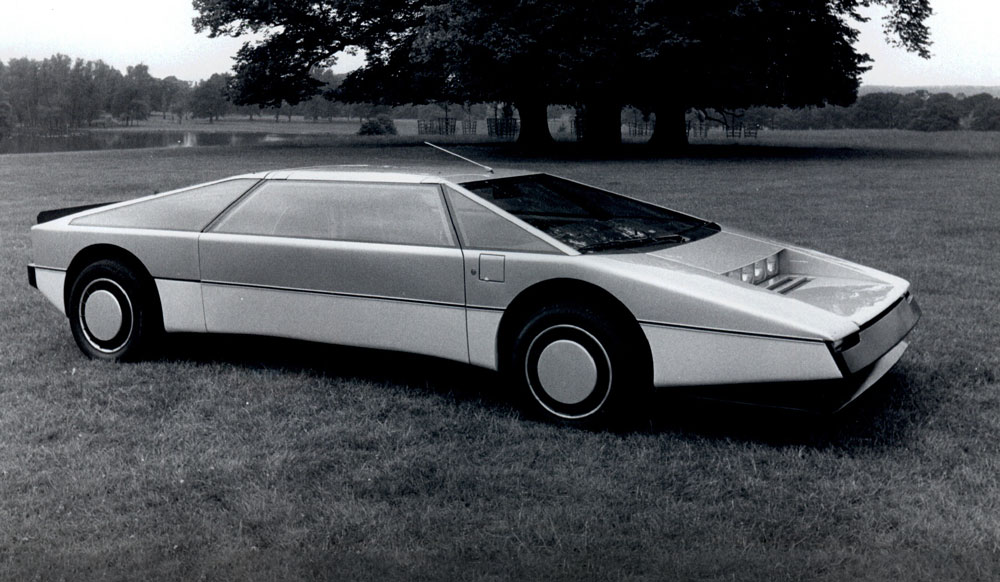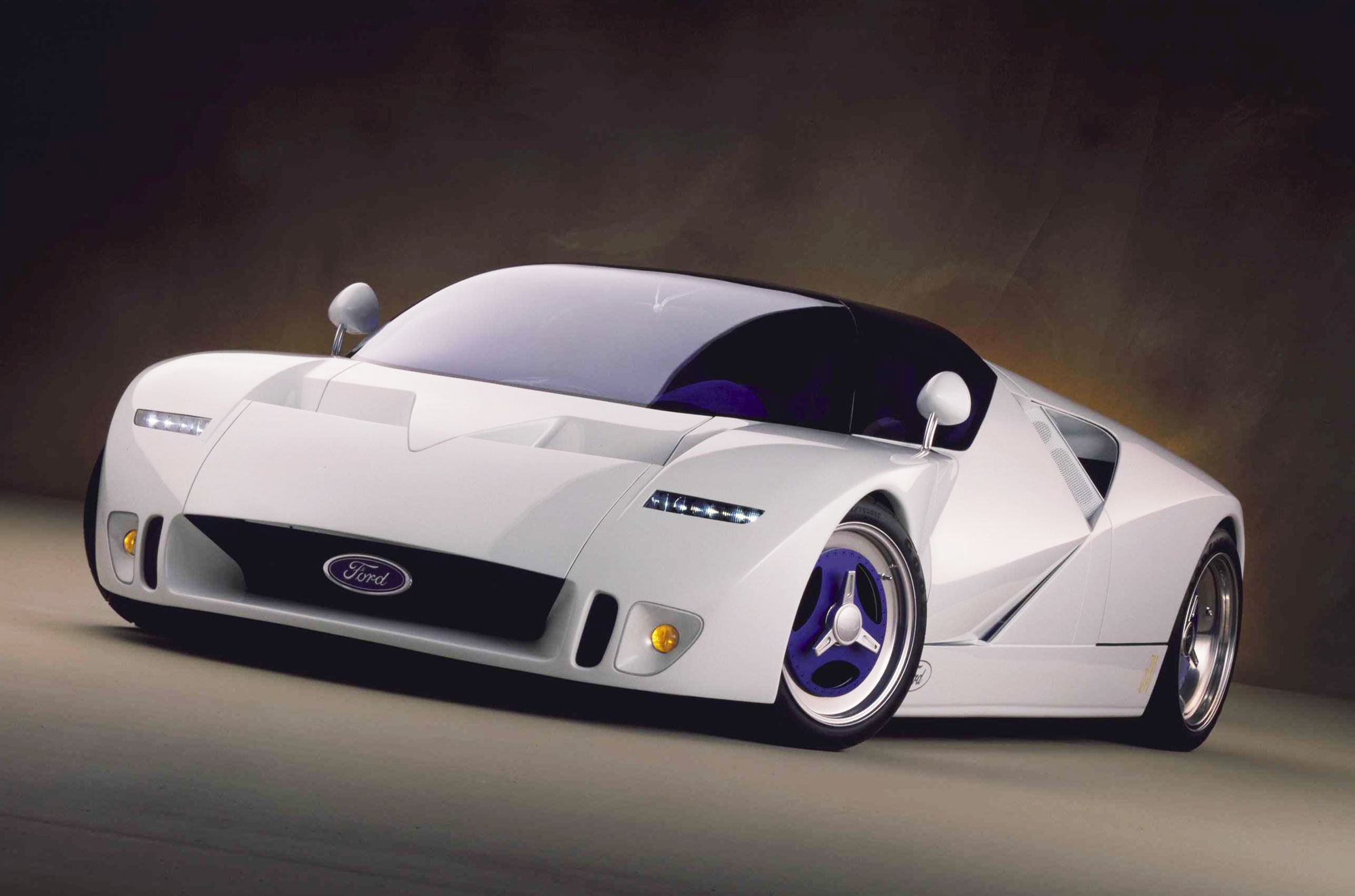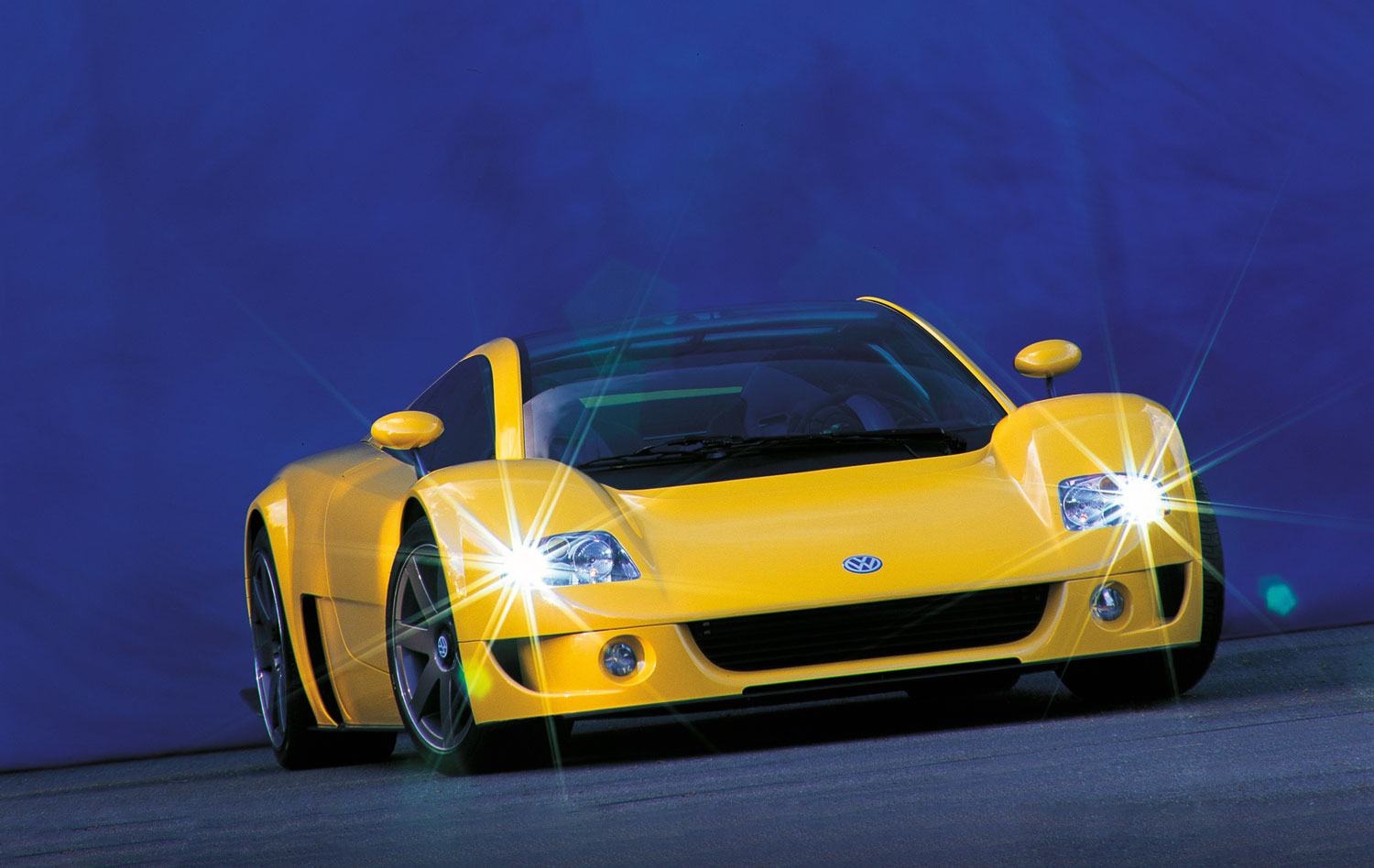High Concept | Great Concept Cars of the ‘ICE’ Age
Part 1
There have been hundreds of concept, experimental and research vehicles built over the decades. Some are exercises in design – pure artistic theatrics that give an indication of the styling direction a manufacturer is considering for future production models. Others are a well-designed testbed for new technologies and for carmakers to show off their engineering prowess.
Manufacturers pour millions into these creations, so they most certainly are not the raging flights of fancy they sometimes appear. Take the Porsche Mission E concept, for example, an electric vehicle (EV) first revealed at the Frankfurt Motor Show in 2015. That concept was met warmly by the public, was developed into a production vehicle, and is available to buy today under the name Taycan.
All-electric models are the type of concepts we see most often these days and some of them are truly amazing. Incredible amounts of technology are crammed into them as manufacturers chase better batteries, faster charging, greater range, remote connectivity, vehicle-to-grid technology, hydrogen fuel cell technology and, of course, the elusive holy grail that is Level 5 self-driving technology – tech that requires no human interaction at all and which would mean we could all say goodbye to the steering wheel.
With many concepts now being these incredibly sophisticated EVs, any list of great concept cars should probably be split into those that fit nicely into the era of the internal combustion engine (ICE), and those that are EVs. And given that the EV era can probably be considered as the moment when Tesla (now, by the way, the world’s most valuable carmaker) arrived on the scene, that list can be pre-2006 or thereabouts – the year Tesla made its debut on the world stage with the Roadster.
Creating a list of the best concept cars since the first – the Buick Y-Job – appeared in 1938, is, of course, impossible. Such a list would be completely subjective. However, here at Motor Trader we’ve given it a stab and picked out some of the pre-Tesla concepts that were, for one reason or another, technologically important, stylistically meaningful, or just look very cool.
There are plenty that could have made the list, perhaps should have, and we’d love to hear what those might be. You can let us know about other great ICE-era concepts by emailing publications@mtaq.com.au and we’ll take a look at some of them in a future edition when we’ll also be checking out some of the great concepts
of the EV era.
Buick Y-Job || 1938
The granddaddy of them all, the Buick Y-Job was the auto industry’s first concept car and was the work of legendary designer Harley Earl and his team at GM Design.
The two-seater Y-Job set the standard as it was designed to be used as a testbed for new technologies and features, and it was indeed packed with innovations that would find their way into production models over the next decade.
There were power-operated hidden headlights, power windows, bumpers that merged with the body, and a powered convertible top that folded back into the body where the rear passenger seats would normally have been on a car this size.
Built on a lengthened 1937 Buick chassis, the Y-Job was powered by an eight-cylinder 5.3-litre, 141hp (103kW) engine, and was a fully functional vehicle. So much so, that Harley Earl himself used the car as his personal vehicle into the 1950s.
GM Firebird III || 1958
Back in the 1950s, General Motors worked on a series of wildly futuristic experimental cars under the Firebird name. Four cars were designed, with this, the Firebird III, being particularly memorable.
Clearly, GM designers were fascinated by jet aircraft and the Firebird III’s fibreglass body came replete with seven ‘wings’ and fins, as well as bubble canopies similar to those of a jet fighter. It had air-drag brakes too – another nod to the period’s obsession with aviation.
Power came from a 225hp (168kW) gas turbine engine mounted behind the driver, with a smaller 10hp (7.5kW) piston engine up front used to power the accessories – an early hybrid, if you will.
Innovations and cutting-edge technology were everywhere in the Firebird III. Aside from the engine, there was cruise control, special wheels that combined the wheel and brake drum as one unit, and a quite wild steering, throttle and brake control system that was all managed via a joystick set in the centre console between the driver and passenger. There was even an autonomous driving mode – although this required a wire to be embedded in the road from which two coils mounted under the car could pick up signals to use to guide the car.
Amazingly, there was even a ‘sonic key’ system that used sound waves to open the doors.
The 1950s must have been a fantastic time to be involved with car design. In the US in particular, there seemed to be no limits on what you could try out, and the Firebird III is a testament to that freedom.
Magic stuff.
Holden Hurricane || 1969
Over the years, Holden produced some tremendous concept vehicles, but this, the Hurricane, is the pick of the bunch.
Codenamed RD 001, the Hurricane was not just a design exercise, though it scores an A+ in that department. It was a true research vehicle, built ‘to study design trends, propulsion systems and other long-range developments’. And as such, it was a world-beater.
Powered by a mid-mounted 260hp (194kW) 4.2-litre V8, the Hurricane featured what was known as Pathfinder, a forerunner to GPS which acted on magnetic signals built into the road. It was also fitted with Comfortron, an automatic temperature-controlled air conditioning system. There were also electronic digital instrument displays, a station-seeking radio, and a rear-vision camera that fed a black-and-white TV mounted in the centre console.
Getting into the Hurricane involved lifting a hydraulically powered canopy upwards and outwards over the front wheels. Power-elevated seats also rose and pivoted forward, along with the steering column, to make access easier.
All of this tech was enough to make the Hurricane an exceptional vehicle, but Holden squeezed it all into a blisteringly good-looking body covered by an experimental metallic orange paint for good measure. Just brilliant.
Mercedes-Benz C111 || 1969
The C111 was one of a group of concept and test-bed vehicles Mercedes developed during the ‘60s and ‘70s. 12 were made over the years and were used to test all manner of technologies.
The original incarnation of the C111 was fitted with a three-rotor Wankel rotary engine. Mercedes had been interested in developing that technology (they stopped working on it in the mid-70s) and the engine in the first C111 delivered 280hp (206kW), enabling the car to reach an impressive 260km/h. A later version, the C111-IV reached 404km/h in 1979 with a V8 engine providing the power.
The first C111 was shown at the Frankfurt Motor Show in September of 1969 and was a real showstopper – attendees thought the gullwing car might be a replacement for the 300SL ‘Gullwing’ of the 1950s and the company apparently received blank cheques from prospective customers desperate to get their hands on it.
As well as the Wankel engine, the C111 was used to test the possibilities of a fiberglass body, bonding and riveting techniques, as well as transmission, suspension, other types of engines and a variety of other technologies.
Ford Mustang Milano || 1970
Plenty of Mustang models have come and gone since the classic car made its debut in 1964. There have been many concept versions of it too – concepts that have popped up from time to time but whose designs appear not to have made it to production models.
The Milano concept, which appeared at the Chicago Motor Show in 1970, had some interesting touches – including a set of responsive rear lights that glowed green when accelerating, amber when cruising, and red under braking – which were pretty cool, but the main reason to talk about the Milano is its styling.
It certainly looks good, just as a ’70s muscle car should, and while it certainly influenced the appearance of the production Mustangs that would follow it, the design touches can also be seen in the Australian Falcon XB coupe. And that makes it worth a mention.
Vauxhall SRV || 1970
Unveiled in 1970, the SRV (Styling Research Vehicle) was a sleek and stylish entrant into the concept game by British manufacturer Vauxhall.
The four-door, four-seater was developed to analyse future styling and layout directions, and it incorporated some interesting features that explored those ideas.
It had a front aerofoil that could be adjusted to improve aerodynamics, and instruments and gauges were placed in a pod that was mounted and hinged to the front of driver’s door and would swing out when the door was opened. Those instruments included a manometer that measured air pressure on the car’s body.
There was also electrically adjusted suspension and it had a pump system that allowed for fuel to be distributed between separate tanks for better weight balance.
The engine powering this futuristic creation was to be a 2.3 litre fuel-injection mid-mounted transverse version of Vauxhall’s Slant Four inline four-cylinder, but only a mock-up was used for show purposes, and the car was unable to run under its own power. Shame.
Lancia Stratos Zero || 1970
An exercise in style with no limits, the Lancia Stratos Zero was designed by Marcello Gandini, chief designer at Bertone, and it is a bonkers-looking creation.
Powered by a rear-mounted, 1.6-litre V4 engine – which was kept cool by air directed to it via the triangular engine cover – the Zero was not going to set any records, even if it looked like it could zip across space and time at warp speed.
The Zero was just 84cm high, and with entry achieved by lifting the enormous windscreen and clambering in, you probably had to be fairly flexible to get in and out. It helped too if you were fairly trim – if you’ve ever seen video of the Zero in action, it’s clear that if you’re carrying extra pounds, it would not be conducive to a comfortable ride.
Helping the driver to get in was that the steering wheel and column shifted forward and could then be pulled back to the driving position. The instrument panel was offset to the left of the steering wheel as there was no dash.
A beautiful, if nutty, creation, the Lancia Stratos Zero is a gem to be treasured.
Aston Martin Bulldog || 1979
Aston Martin developed the Bulldog prototype car in 1979 with an eye on challenging the Italian and European sportscar manufacturers.
The company was reportedly aiming to create ‘the ultimate road-going supercar’ and clearly thought that some wild styling would convey just such an ambition. Wild as that styling was, it was not completely out of touch with what could already be found on the road – the Lamborghini Countach had been in production since 1974 – and underneath that body, the ‘ultimate supercar’ ambition was backed up by some serious hardware.
The mid-engine Bulldog had at its heart a thumping twin-turbo, 5.3-litre V8 that was rumoured to deliver between 600 and 700hp (447 to 522kW), and while it was a large car, it was light enough that the engine could punch it along from 0-100km/h in five seconds and on to a top speed of 305km/h (Aston Martin claimed it could go quicker).
There were power-operated gullwing doors, and a set of five headlights were centred below the windscreen and revealed by a section of the bonnet that folded down. Inside, the Bulldog had digital gauges and sensors similar to the Lagonda luxury car.
25 Bulldogs were planned for production but only the prototype was built.
Ford GT90 || 1995
When groups of engineers get together and test their limits, exciting work can be the result. Such was the case with the Ford GT90, a supercar concept that could still turn heads if revealed today.
What Ford’s engineers came up with here was a real beast. Borrowing components from other vehicles – including its stablemate at the time, the Jaguar XJ220 – Ford came up with a spiritual successor to the Le Mans-winning GT40, with styling that still holds up nearly as well as that awesome machine. Built on a honeycomb-structured aluminium monocoque chassis with a carbon-fibre body, the GT90 was futuristic in construction and the powerplant around which it was built was brutal.
Developed by welding together two cut-down V8s and slapping on some Garrett turbochargers, the resulting quad-turbo, 6-litre V12 churned out a mighty 720hp (537kW) delivered to the rear wheels.
Not surprisingly, performance was phenomenal. The GT90 was the most powerful car in the world at the time with 0-100km/h coming in a touch over three seconds and the top speed was said to nudge 400km/h. Those figures would make it tough to beat even today.
VW W12 Syncro || 1997
You don’t necessarily think of Volkswagen as the maker of supercars or as a manufacturer dabbling with supercar concepts. Those are areas of play in which you will find the companies which VW owns – such as Porsche, Lamborghini, Bentley and Bugatti.
However, back in 1997, VW did unveil the W12, a concept designed by Italian maestros Italdesign and built to accommodate both VW’s Syncro 4WD system and the company’s brutal engineering achievement – the 5.6-litre, W12 engine.
The first concept – the bright yellow ‘Syncro’ – had a 414hp (308kW) version of the engine and this car developed quickly into other versions – a roadster that appeared in 1998 and a coupe in 2001. The coupe had a W12 pumping out 591hp (440kW) and VW had enough faith in its creation to plonk it on the race track at the Nardo Ring test track in Italy and push it to cover more than 7,700 kilometres in 24 hours at an average speed of 323km/h.
The importance of the W12 concept can be seen in what would happen in the following few years. With its faith in the W engine layout concept confirmed, VW would go on to produce the ‘mother of all engines’ – the W16, then stick four turbochargers on it and stuff it in the record-breaking Bugatti Veyron.
Source: Motor Trader E-magazine (August 2020)
13 August 2020




